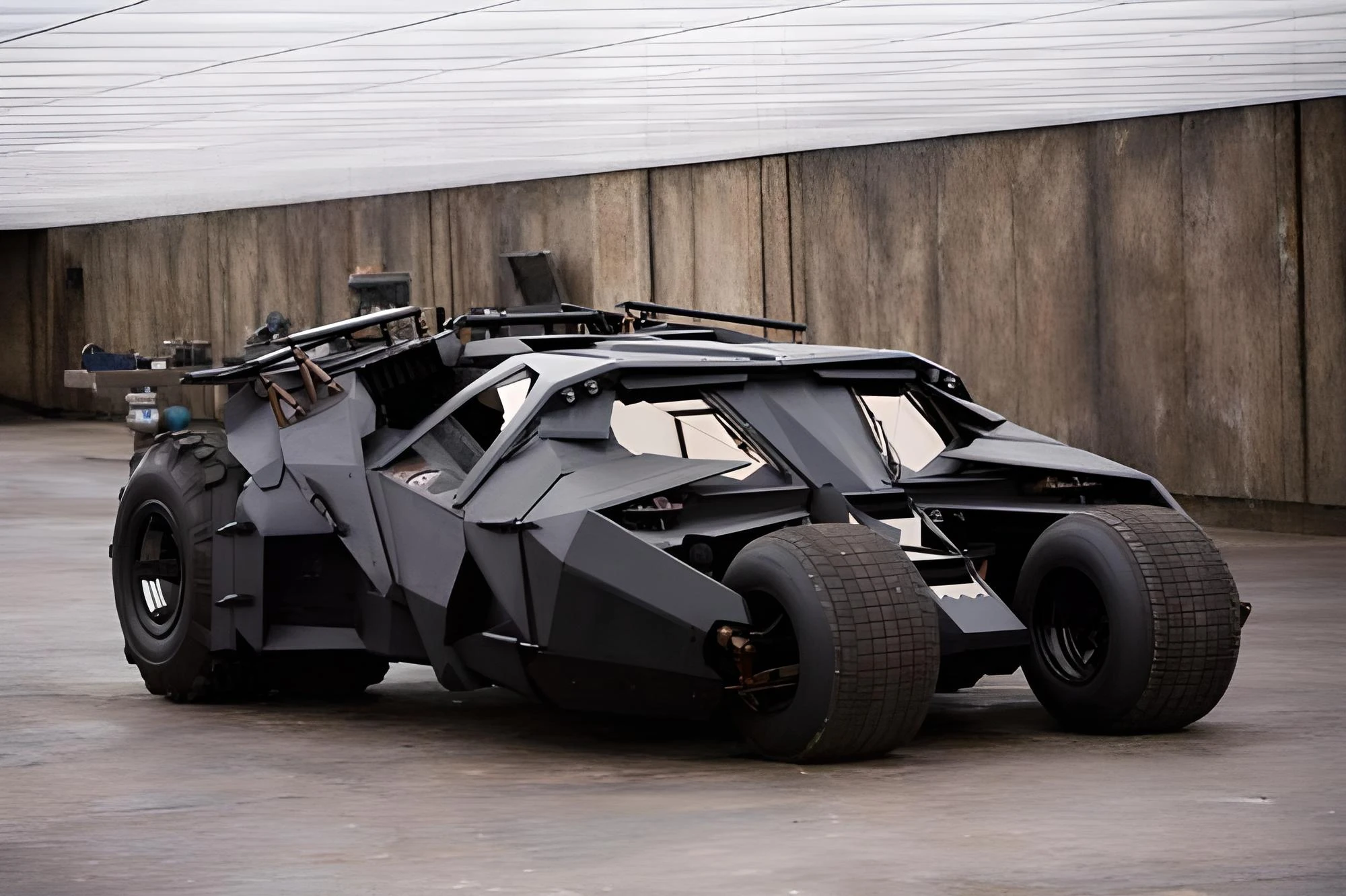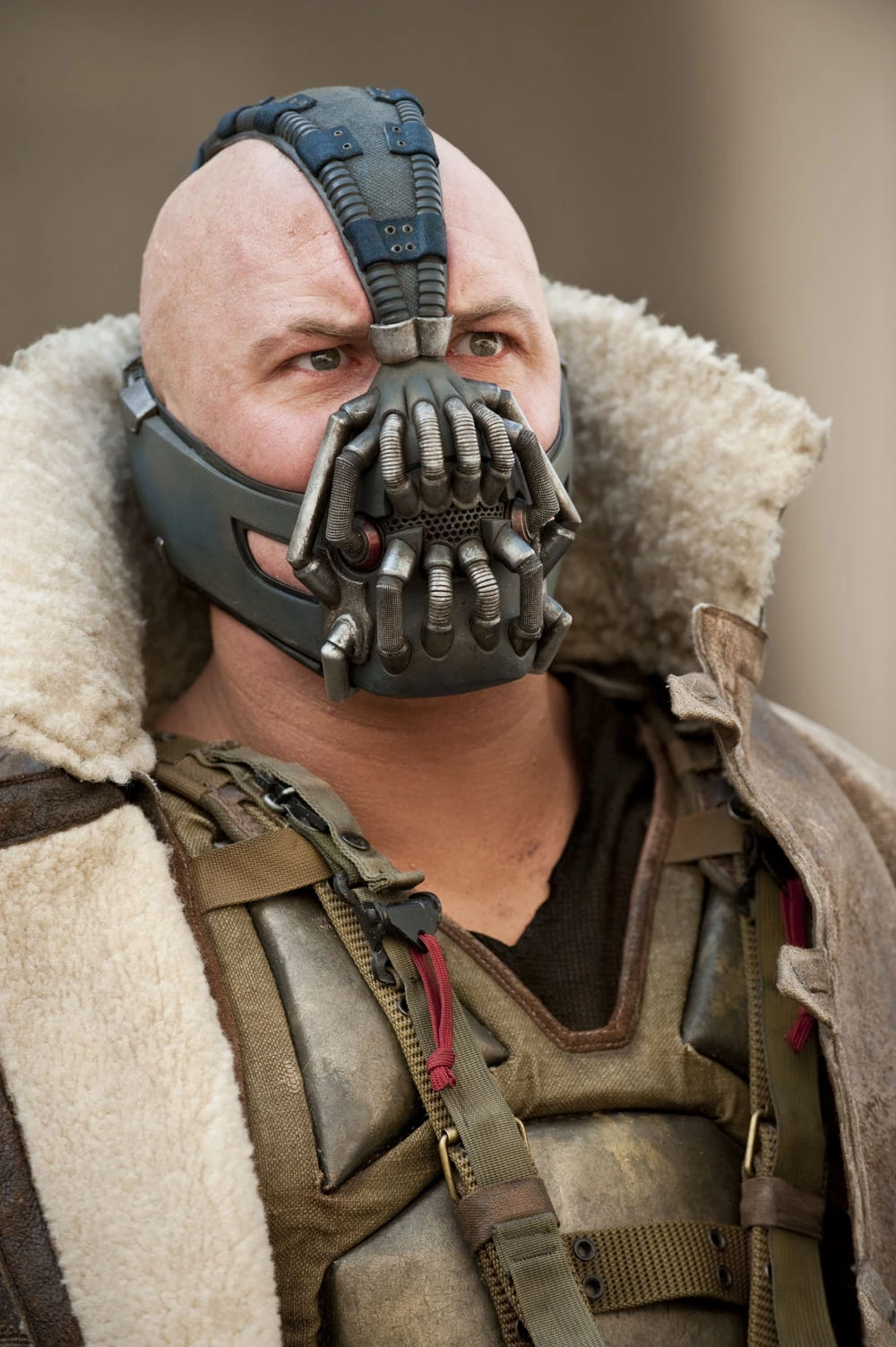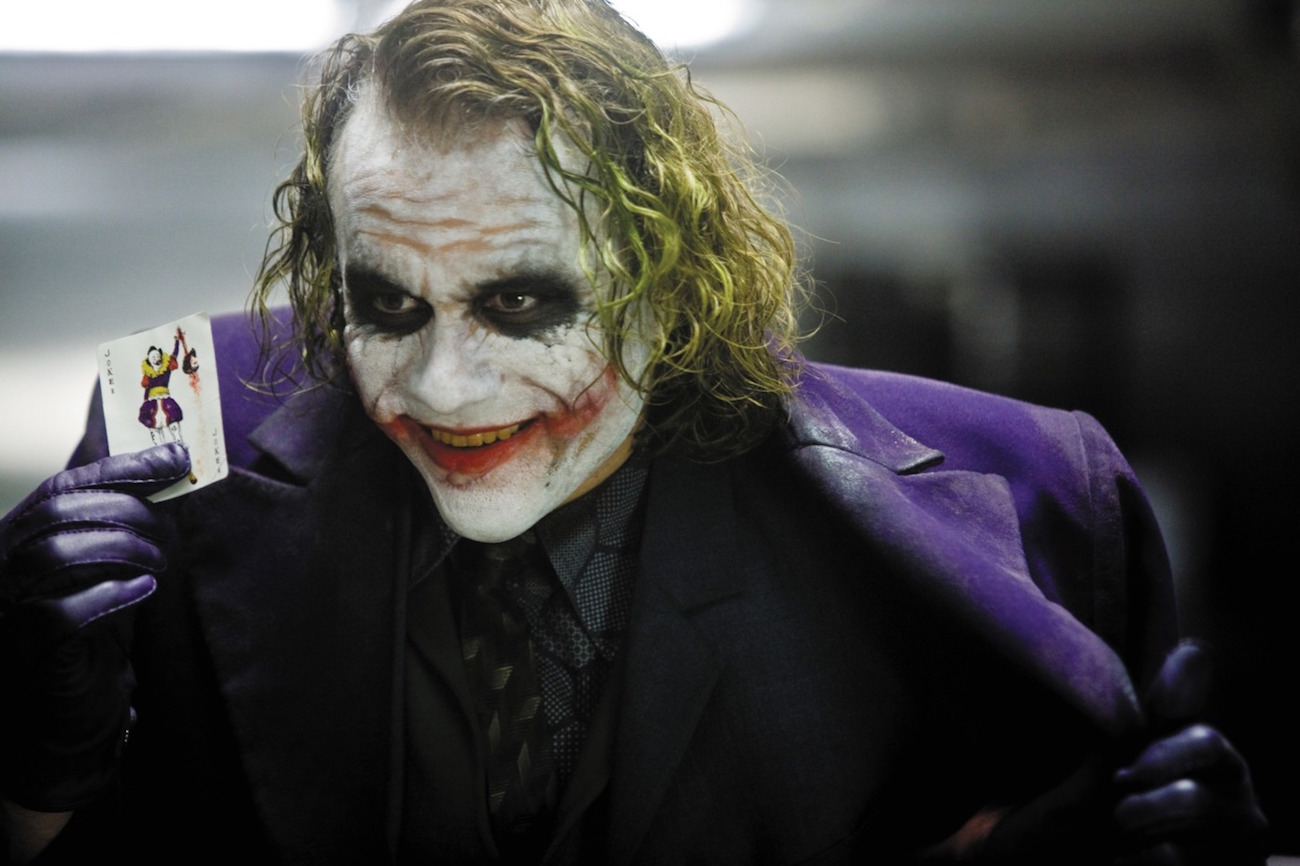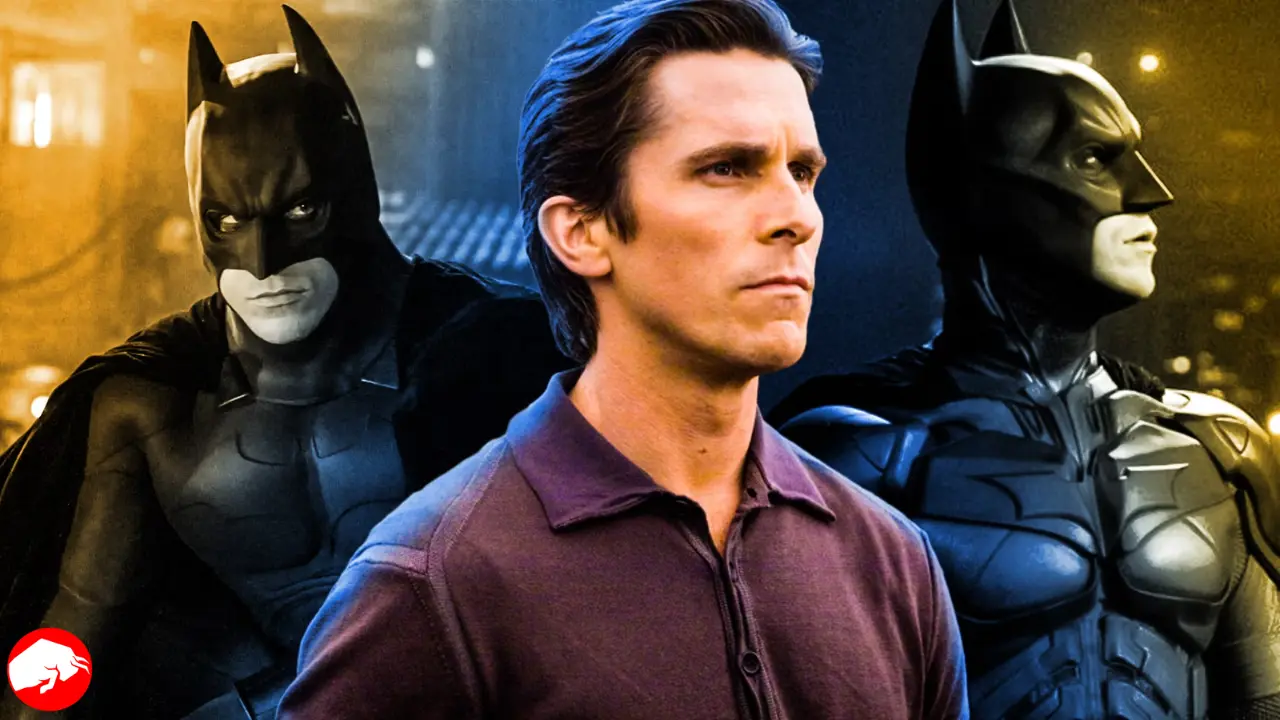It’s been over a decade since the renowned director Christopher Nolan unfurled his take on the enigmatic Batman through his widely praised Dark Knight trilogy. There’s no denying that this series revolutionized how we view superhero narratives, veering off from over-the-top portrayals and moving towards a grittier, more grounded depiction. As we revisit this iconic series, we find it’s not exempt from a few missteps.
Let’s dive into a detailed exploration of this trilogy through the lens of an entertainment journalist.
The Dark Knight Trilogy: Unmasking Its Imperfections
The Tumbler: Batman’s Controversial Ride

Kicking off our critique is Batman’s iconic ride, the Batmobile, reimagined as the Tumbler in the trilogy. Replacing this radical departure from the traditional sleek, stealthy vehicle with a booming, tank-like machine was a bold choice.
While it introduced a gritty, real-world edge to Batman’s gadget arsenal, it also deviated significantly from the Dark Knight’s typical modus operandi. Batman, the masked vigilante renowned for his shadowy stealth and calculated misdirection, seemed out of character, rumbling through Gotham in a conspicuous tank.
Furthermore, the chaos and destruction left in the Tumbler’s wake often seemed more fitting of a villain than a crime-fighter.
Bane: A Lost Opportunity

As we venture further, we meet with Bane, one of Batman’s most formidable foes. In Nolan’s The Dark Knight Rises, Bane’s character differs significantly from the comic book version, a divergence that didn’t necessarily play out well.
Nolan’s decision to replace Bane’s infamous super-steroid, Venom, with a painkiller-dosing mask seemed to reduce the character’s menace rather than enhance it. Making Bane a part of the League of Shadows further distanced him from his comic book persona, culminating in a villain who felt disappointingly diluted.
The Joker: An Unforgettable Impact

On the other hand, the trilogy had its triumphs. Heath Ledger’s Joker is a shining beacon, his mesmerizing performance adding a chilling charm to the narrative. Despite Batman’s multiple encounters with the League of Shadows being the primary plot driver, Ledger’s portrayal of the Joker managed to steal the limelight.
His captivating blend of chaos and dark humor has left an indelible mark on audiences worldwide, a testament to the untapped potential that Nolan’s trilogy didn’t fully explore.
Realism or Convenient Storytelling?
Nolan’s Dark Knight trilogy has been heralded for its gritty, realistic take on Batman.
However, on closer examination, it seems the trilogy isn’t as grounded as it first appears. Batman’s gadgets, though fascinating, rely heavily on science fiction tropes. For instance, the bat-summoning device in Batman Begins and the sonar spy program in The Dark Knight don’t precisely scream realism.
Such elements challenge the trilogy’s acclaimed reputation for grounded storytelling.
Rushed Narratives and the Cost of Missed Stories
Another issue from the trilogy is the hurried execution of specific narratives and the omission of iconic Batman lore. The Dark Knight Rises attempted to reflect the acclaimed comic book story The Dark Knight Returns, presenting an older Bruce Wayne returning to his crime-fighting role.
However, this narrative seemed rushed, failing to capture the depth and poignancy of the original story.
Moreover, in its quest for a tight three-part narrative, the trilogy overlooked many Batman stories and sidelined iconic villains. This reduction might have streamlined the films but at the cost of the richness and expansiveness that the Batman universe could offer.
The Cinematic Evolution of Batman
In the years following Nolan’s trilogy, subsequent Batman films have expanded on the groundwork laid by Nolan. Ben Affleck’s Batman enhanced the grittiness, blending it with a world that included other superheroes. Robert Pattinson’s Batman went further with the grounded approach, presenting an even more realistic and relatable Batman.
While the quality of these films can be subjective, they undeniably explore the dimensions of Batman’s character more deeply.
The End: An Unsatisfying Conclusion?
Lastly, the trilogy’s conclusion in The Dark Knight Rises fails to deliver a satisfactory resolution. Rather than an epic, climactic finale, Batman chooses to fake his death and retire peacefully.
Although the film hints at John Blake stepping into Batman’s shoes, this twist fails to compensate for the lack of a meaningful conclusion to Bruce Wayne’s journey.
In Retrospect: The Dark Knight Trilogy
Looking back at Nolan’s Dark Knight trilogy, it’s clear that while it broke new ground, it wasn’t without its flaws. From questionable character choices to oversimplified narratives, the trilogy had its share of stumbles. Yet, it remains a seminal work in the realm of superhero cinema, setting a precedent for future films in the genre.
Despite its imperfections, the Dark Knight trilogy’s legacy continues to influence how superhero stories are told. With its highlights and missteps, the trilogy has shaped Batman for a new generation and will be remembered for years.









